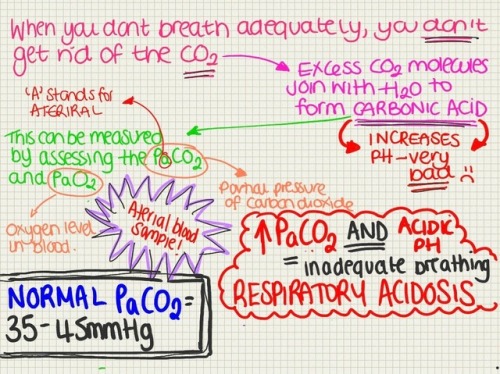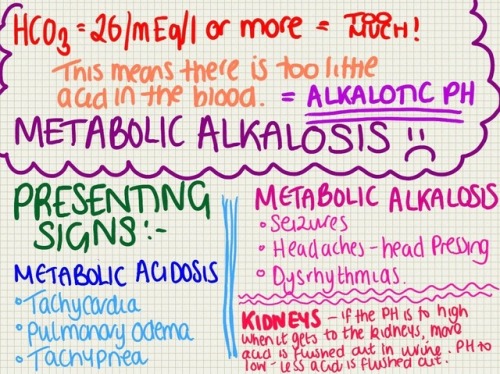#helpful hints for rvns
BIOCHEMISTRY BLOOD TESTING
Biochemistry blood test measures the levels of chemical substances carried in the blood. This type of test allows us to evaluate the how well the liver and kidneys are working and how much fat and sugar is circulating in the bloodstream.
Blood Glucose
When carbohydrates are eaten they are broken down and stored in the Liver as Glycogen until the animal needs energy where it is then converted to glucose and transported around the body. We use blood glucose as a monitor of metabolism and physiology.
Normal BG (Canine) - 5.6 to 13.9mmol/L
Normal BG (Feline) - 5.6 to 16.7mmol/L
INCREASED BG - Diabetes Mellitus is indicated however it is recommended that the urine is also checked for Glucose as if present this means the kidneys have reached their threshold and Diabetes is very likely. Note that cats can have stress induced hyperglycemia and so a diagnosis of diabetes should not be made on a single BG reading.
DECREASED BG - Patients that are sick and deliberated often have hypoglycemia. but puppies who have been starved for procedures can also suffer from a low BG. In addition to this hunting breeds that have been working hard for a prolonged time can also suffer from a low BG.
Bun Urea Nitrogen (BUN)
BUN is the by product produced when Proteins are broken down and used within the body. This by-product is excreted by the Kidneys in the urine.
INCREASED BUN - This would mean the kidneys are not working sufficiently and could be an indicator of kidney disease or kidney obstruction that is preventing urine reaching the bladder and therefore build up in the Kidney. Heart disease causing poor circulation to the kidneys could also be a cause of increased BUN.
DECREASED BUN - As the liver breaks down Protein a lower level of BUN could indicate that the liver is not working as well as it should and isn’t breaking down protein as well as it should.
Creatinine (CREA)
Creatinine is solely filtered out of the blood by the kidneys.
INCREASED CREA - Impaired Kidney function
Calcium (CAL)
Calcium is a mineral that is found at a consistent level within the blood. It’s needed for muscle and nerve function and without it death can occur.
INCREASED CAL - Some types of cancers and medications can cause an increase in Calcium.
DECREASED CAL - Some animals can experience low calcium levels during pregnancy, post partum and during lactation. This condition is called Eclampsia.
Total Protein (TP)
The measurement of two blood protein molecules: Albumin and Globulins. Albumin is produced by the Liver and levels are often decreased when the animal is going through a period of poor nutrition. Chronic infectious disease will also cause low Albumin levels.
Globulins include immunoglobulins which are used by the body to fight infection. Certain diseases such as FIP can cause an increase in this.
Bilirubin (BIL)
Haemoglobin is found inside red blood cells, it carries oxygen to tissues around the body. When RBC’s die or are destroyed and the haemoglobin is broken down, bilirubin is a by product of this process which is then excreted by the Liver.
INCREASED BIL - An increase can be seen when the Liver is diseased and is can’t clear the bilirubin efficiently. A liver or bile duct obstruction can cause bilirubin to build up thus resulting in high levels in the blood so this should also be considered.
Alkaline Phophatese (ALKP)
This is an enzyme used to assist with various chemical reactions within the body. The normal levels vary from animal to animal but in dogs, an increase could indicate some forms of cancer or Liver disease.
Atanine Amino Transferase (ALT)
This is an important enzyme for adequate Liver function. An increase in this enzyme would indicate that Liver cells are breaking down, this could be because of cancer, cirrhosis, or liver congestion due to heart failure.
Cholesterol (CHOL)
INCREASE CHOL - Inadequate Thyroid function
DECREASE CHOL - The animal has been through a period of starvation or is not having their nutritional requirements met.
SODIUM: POTASSIUM RATIO
These levels are almost always interpreted together. Their levels can be affected if there is a disease of the adrenal glands, heart, or kidneys.
INCREASED RATIO - Not clinically significant
DECREASED RATIO - Primary Hypoadrenocorticism
When evaluated on their own:
INCREASED K+ - Acute kidney failure, Chronic kidney disease or Addisons disease.
DECREASED K+ - Chronic kidney disease, or lost through vomiting and diarrhoea.
INCREASED SODIUM - Dehydration through vomiting and diarrhoea
DECREASED SODIUM - caused by severe vomiting and diarrhoea or can be seen if the patient has been on diuretics.
I’m sorry this has taken so long to do and that it’s so rushed :(
Post link
Full disclaimer!!! This is acid base in its most simplest terms - please don’t rely on this as a sole source of info.
Hopefully it helps someone! it’s a couple of years old i went digging for it today after trying to explain it to a student today at work.
Post link









